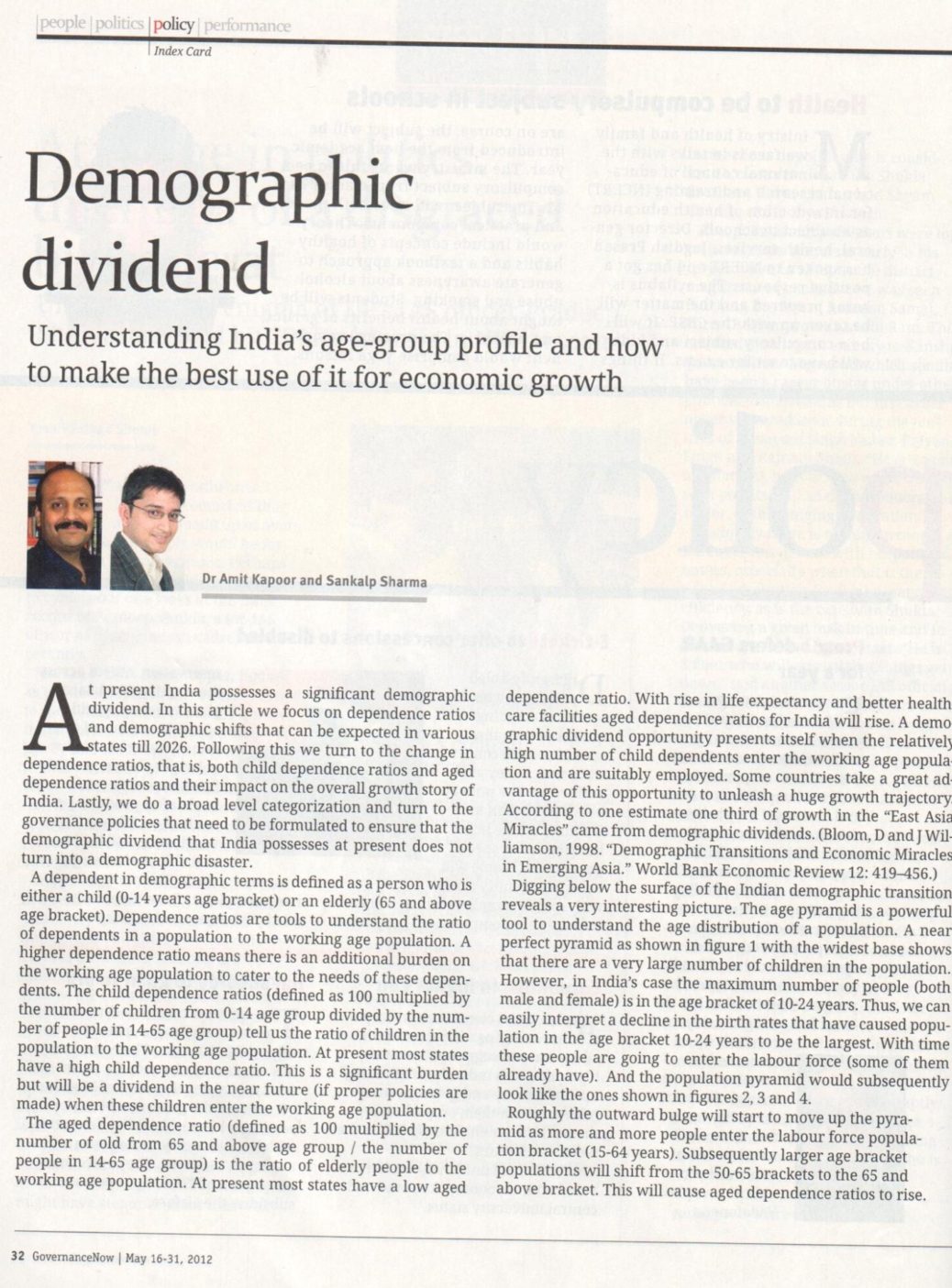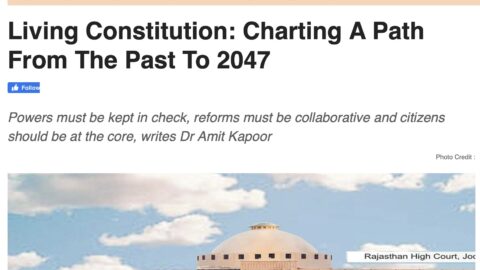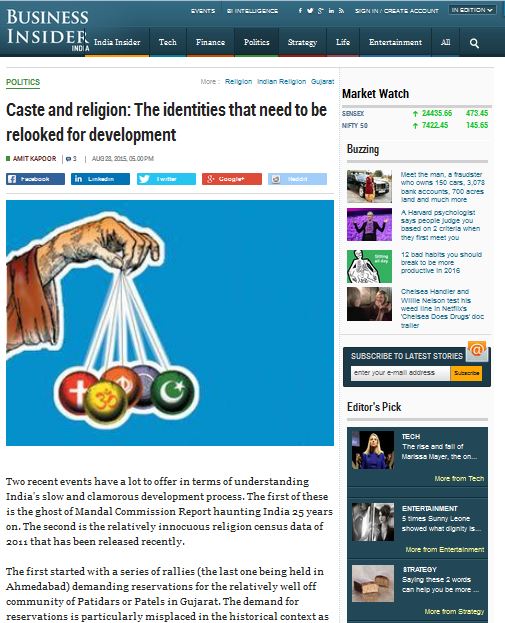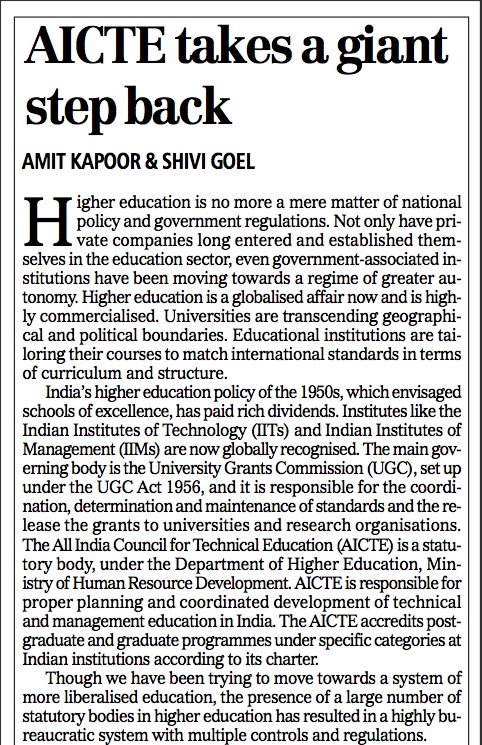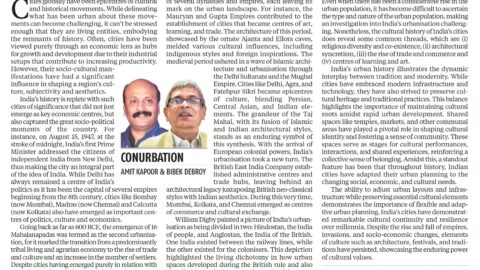At present India possesses a significant demographic dividend. In this article we focus on dependence ratios and demographic shifts that can be expected in various Indian states till 2026. Following this we turn to the change in dependence ratios i.e., both the child dependence ratios as well as aged dependence ratios and their impact on the overall growth story of India. Lastly, we do a broad level categorization and turn to the governance policies that need to be formulated to ensure that the demographic dividend that India possesses at present does not turn into a demographic disaster.
A dependent in demographic terms is defined as a person who is either a child (0-14 years age bracket) or an elderly (65 and above age bracket). Dependence ratios are tools to understand the ratio of dependents in a population to the working age population. A higher dependence ratio means there is an additional burden on the working age population to cater to the needs of these dependents. The child dependence ratios (Defined as 100 * number of children from 0-14 Age group / number of people in age group 14-65 age group) tell us the ratio of children in the population to the working age population. At present most of the Indian states have a high child dependence ratio. This is a significant burden at present but will be a dividend in the near future (if proper policies are made) when these children enter the working age population.
The aged dependence ratio (Defined as 100* number of old from 65 and above Age group / number of people in age group 14-65 age group) simply put is the ratio of elderly people in the population to the working age population. At present most Indian states have a low aged dependence ratio. With rise in life expectancy and better healthcare facilities aged dependence ratios for India will rise. A demographic dividend opportunity presents itself when these relatively high number of child dependents enter the working age population and are suitably employed. Some countries take a great advantage of this opportunity to unleash a huge growth trajectory. According to one estimate one third of growth in the “East Asia Miracles” came from demographic dividends. (Bloom, D. and J. Williamson. 1998. “Demographic Transitions and Economic Miracles in Emerging Asia.” World Bank Economic Review 12: 419–456.)
Digging below the surface of the Indian demographic transition reveals a very interesting picture. The age pyramid is a powerful tool to understand the age distribution of a population in any economy. A near perfect pyramid as shown in figure 1 with the widest base shows that there are a very large number of children in the population. However in India’s case the maximum number of people (both men and women) is in the age bracket from 10-25 years. Thus we can easily interpret a decline in the birth rates that have caused population in the age bracket 10-24 years to be the largest. With time these people are going to enter the labour force (Some of them already have – people in the age bracket 15-25 years). And the population pyramid would subsequently look like the ones shown in figures 2,3 and 4.
Roughly the outward buldge will start to move up the pyramid as more and more people enter the labour force population bracket (15-64 years). Subsequently larger age bracket populations will shift from the 50-65 brackets to the 65 and above bracket. This will cause aged dependence ratios to rise.
Policy Prescription
Younger Northern States (Uttar Pradesh, Rajasthan and Uttarakhand)
- Provide proper food and nutrition to the young.
- Provide education facilities and improve the overall education infrastructure in their regions. For this huge investment will have to be made in education at the primary, secondary and university level.
- Provide skill-based education to people who are in the working age population.
- Provide jobs to people who are moving to the working age population.
- Provide incentives for people who want to become entrepreneurs. Incentives could range from setting up more institutes for entrepreneurship learning, to setting aside venture funds for entrepreneurs to unleash growth in the economy.
Aging southern states (Kerala, Tamil Nadu, Karnataka and Andhra Pradesh)
- Improve the overall health infrastructure (for people moving into the old age bracket).
- Find unique models for healthcare delivery to people in these states.
- Increase the working age from 65 to 70-75 years.
The article was published with Governance Now in the issue dated May 16-31, 2012. Download PDF

